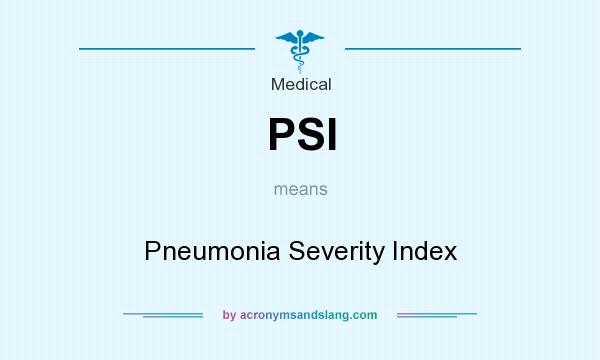

Less control and precision: In addition to decreased handling and steering, the braking distance will increase significantly.Blowouts: Worn, bald spots won’t dissipate heat as effectively, putting you at risk for a blowout. Tyre air pressure is measured in either pressure per square inch (PSI) or BAR pressure, which is the metric unit of atmospheric pressure equal to 14.50 pounds.This means that one or more of your tires may be at least 25 below recommended inflation. Rapid, uneven wear: The rubber will bulge in the middle, causing the tread to wear out quicker. When your TPMS warning light comes on, please exercise caution.Problems with handling: With less give on the sidewall, precision is reduced, which can affect braking and traction.To get the most accurate reading, tire pressure should be measured when the tires are “cold”, so wait until the car has been parked for a few hours before checking. We recommend checking your tires at least once a month. If you have a tire pressure gauge, it’s easy to check the current psi of the tire yourself. In fact, maintaining proper tire pressure is an essential part of overall car maintenance. METRIC WIDE BASE Radial Tires for Trucks, Buses & Trailers Used in Normal Highway Service TIRE SIZE DESIGNATIONUSAGE Tire Load Limits (kg./lb.) at various Cold Inflation Pressures. To keep your vehicle running smoothly, all tires should be kept inflated to their optimal psi.

WHAT HAPPENS WHEN TIRES ARE OVER- OR UNDER-INFLATED?


 0 kommentar(er)
0 kommentar(er)
